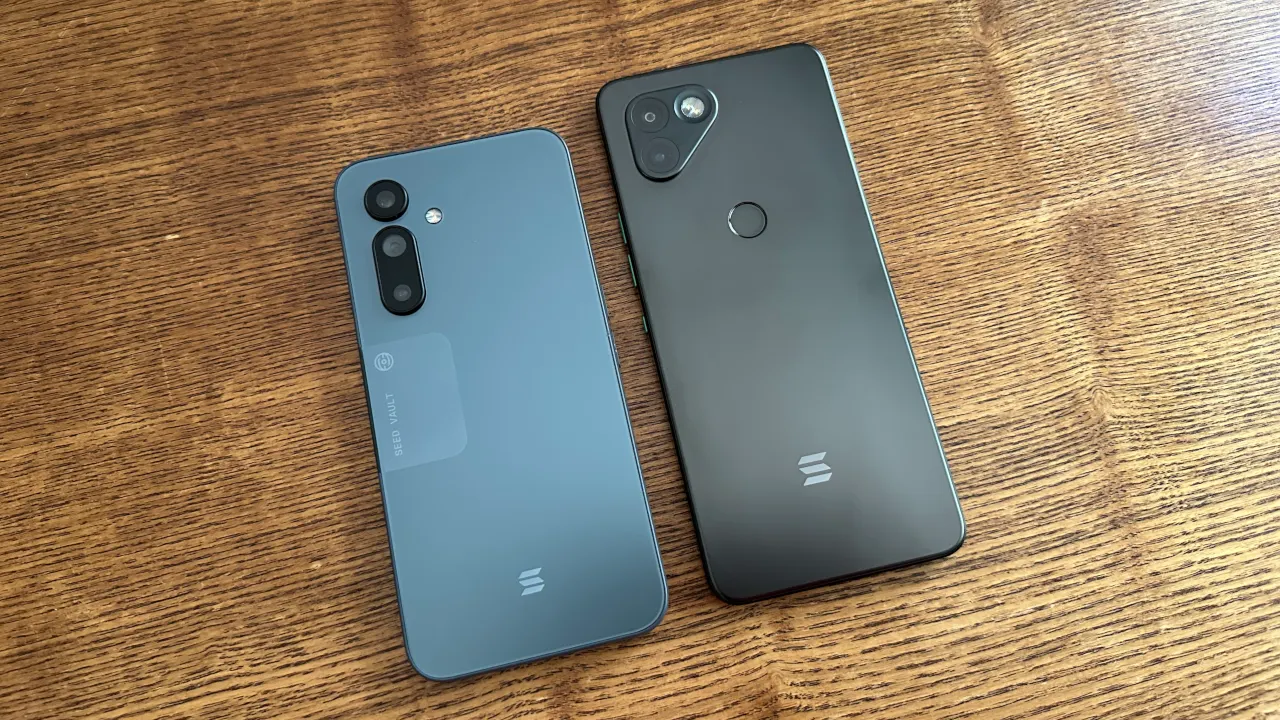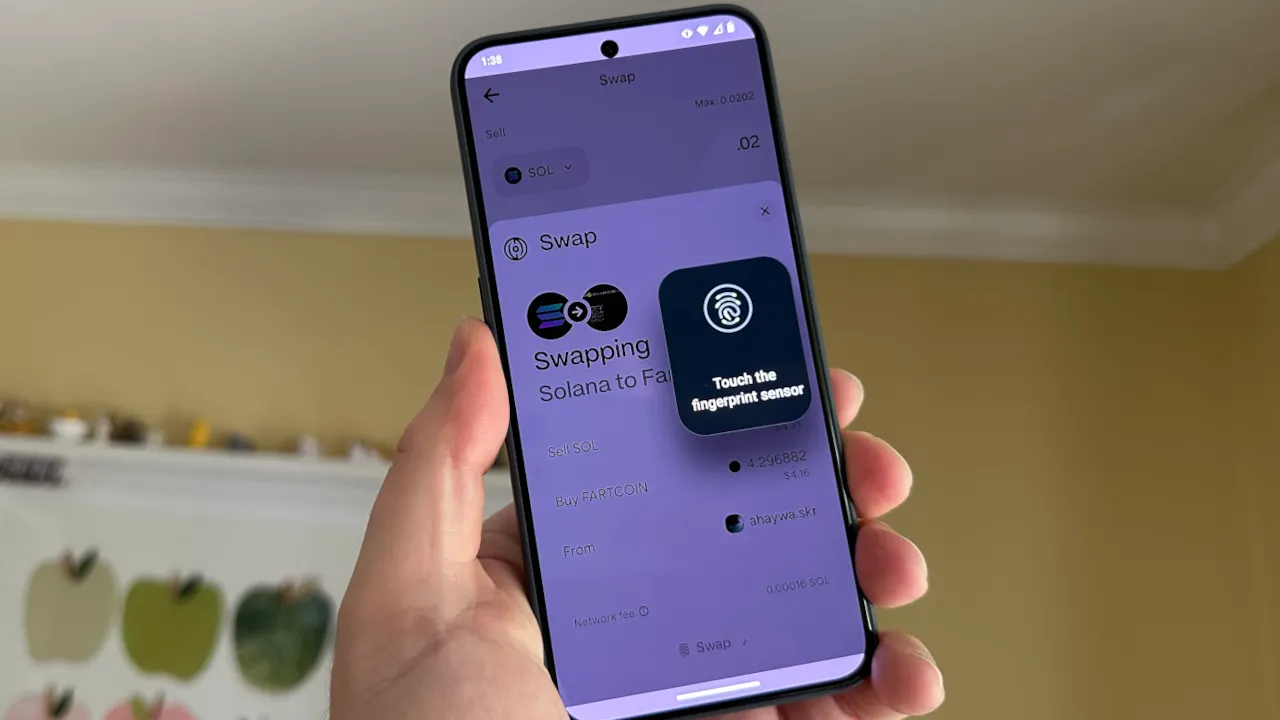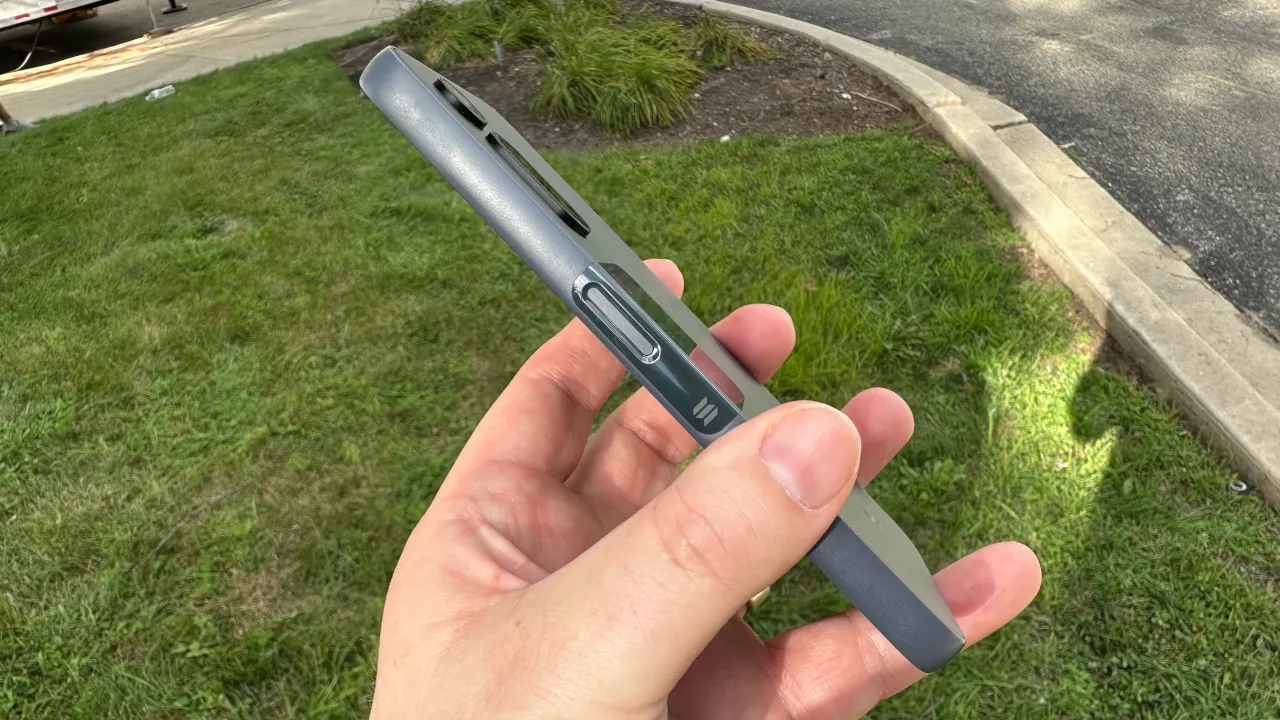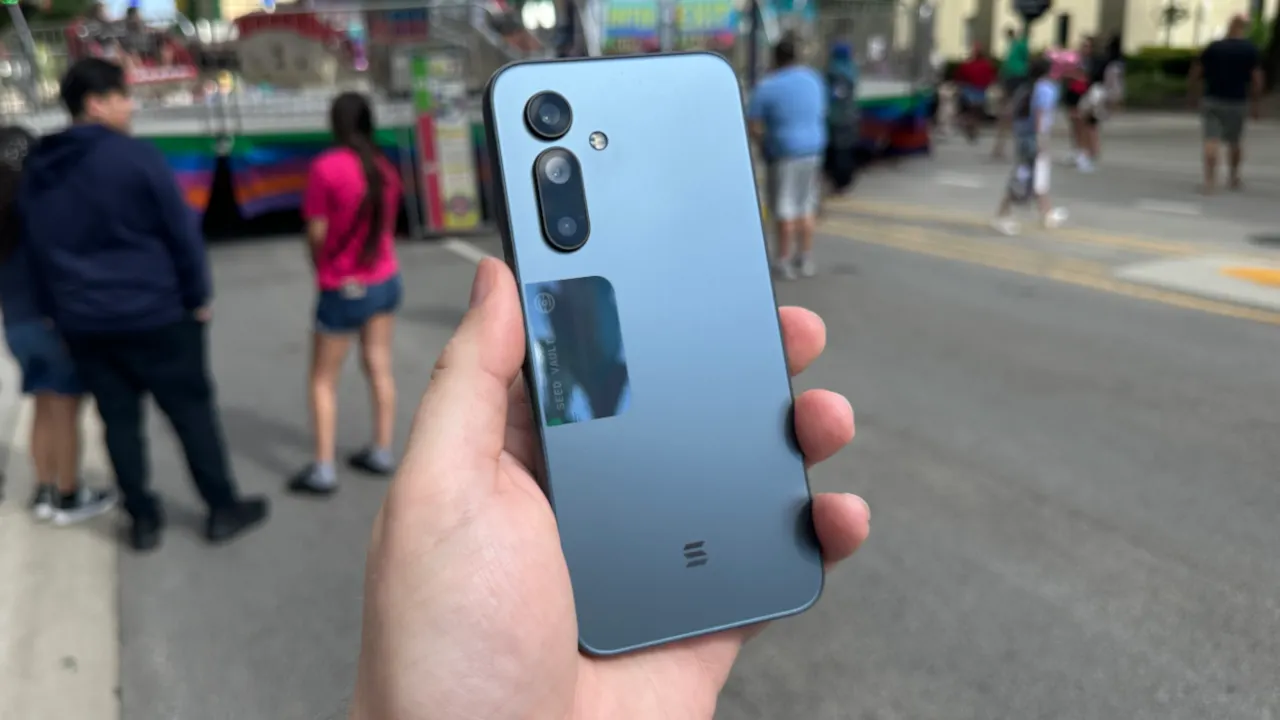Solana’s first smartphone, 2023’s Saga, was a big swing for Solana Labs—and initially a miss with consumers, at least until a massive price cut and crypto airdrop incentives drove sudden, sellout demand months after release.
Now, the 2.0 model has arrived. The new Seeker serves as an attempt by Solana to deliver a more palatable crypto phone. It costs half the price of the Saga at launch, currently selling for $500, with early pre-orders getting it $50 cheaper. By some measures, it’s expectedly less robust and ultra-premium than the pricey Saga.

But the Seeker hits a much better sweet spot at this price, with mostly good-to-great hardware plus the added crypto features that help set it apart from your average Android phone. It’s still decidedly niche in appeal, and the state of the Solana dapp store doesn’t feel that different from back in 2023, with little to keep my attention beyond trading apps.
But Solana users don’t have to take as much of a gamble buying the Seeker, and if the mobile dapp ecosystem improves and/or there are serious airdrops ahead, maybe it’ll prove to be just as worthwhile as the Saga was to early adopters. But that’s still a maybe, for now.
A solid Android
The moment it hit your hand, it was clear that the Solana Saga was a beast—heavy and expensive-feeling, thanks to the ceramic backing, with distinctive visual elements.
At half the price, the Seeker has taken a different route. A plastic frame and glass backing make it more mid-range in feel than flagship, though it’s hardly anonymous among Androids thanks to the reflective “Seed Vault” cutout on the back and along the side (which houses the fingerprint sensor), plus a pair of Solana logos.

The 6.36-inch screen—while smaller than the 6.67-inch display of the Saga—is actually both brighter and noticeably crisper than its predecessor, with the same kind of dynamic refresh rate (up to 120Hz) that makes for smooth scrolling. That’s a big win.
The Mediatek Dimensity 7300 chip here is a step down in terms of raw horsepower, though, with Geekbench benchmark testing showing a 33% dip in multi-core and 44% drop in single-core performance compared to the Saga’s more powerful Qualcomm Snapdragon 8+ Gen1 chip.
What does that mean in practice? Not much, really: In everyday use, the Seeker feels snappy and responsive when navigating around Android, browsing the web, and using social media and video apps. It’s not built to handle the glossiest games at top settings, but in terms of day-to-day needs, the Seeker didn’t disappoint. And the beefy 4,500mAh battery should get you to bedtime without a top-up, with wireless charging here as a welcome convenience.
Camera quality was the one notably underwhelming element of the Seeker during my testing, which is typical at this price point. During my week of carrying the Seeker around, the three rear cameras—a 108-megapixel main sensor plus 50MP telephoto (zoom) and 13MP ultra-wide—gave me broadly similar outcomes: pretty good shots when there was a lot of natural light, and routinely rough and blurry snaps in low light.
The Solana Saga was largely conceived during a bull run and ultimately launched after SOL cratered in value. Meanwhile, the Seeker was created following that collapse, though ultimately launched after the Solana ecosystem’s monumental comeback.
It makes sense that the Seeker is a more measured device at a much more reasonable starting price—and camera qualms aside, it did everything I needed it to as a smartphone.
Room to grow
Like the Saga, the Solana Seeker is designed from the ground up to be a secure crypto wallet thanks to the Seed Vault, which stores your private keys and guards transactions behind your fingerprint approval.

The native, Solflare-powered Seed Vault Wallet is easy to use, with a double-tap of the side button and fingerprint scan used to authorize moves. Phantom and other wallets can also be added via the Solana Dapp Store. And the Seeker ID, which gives you a plain-English .skr wallet name (or “digital passport”) for sending and receiving crypto, is a nice user-friendly touch that could become more useful in time.
The Seeker is primed to power a potential world of decentralized, on-chain apps… and yet, the Dapp Store selection gives me a similar feeling that it did with the Saga back in 2023. Beyond trading apps like Jupiter, Drift, Vector, and Marinade.finance, there were few Solana-powered apps or games that really grabbed my attention.

If you’re actively trading in the Solana trenches, then the Seeker can keep you in the game wherever you are. But if you’re betting on Solana Mobile’s vision of disrupting the Google/Apple duopoly and upending centralized apps and services with comparable crypto-powered alternatives, then that potential future still feels far off right now. Most of the apps I needed to communicate and stay connected and entertained still came from Google’s Android Play Store.
But there’s promise, and the Saga showed us that being an early adopter to the Solana Mobile ecosystem could pay off big time in terms of exclusive token airdrops and access.
Whether the Seeker can recreate that magic—or crucially, expand upon it—remains to be seen.
Just 20,000 Saga phones were ultimately made, while 150,000 Seekers have already shipped. A larger group of users means better adoption for developers, but it also means dilution and less exclusivity for airdrops and rewards. And we’ve yet to see how the upcoming SKR token, which will be distributed to both users and developers, will help boost growth.
Buying a Seeker is a bet that the Solana Mobile ecosystem will keep growing in the coming years, and that the access and incentives for owners will justify the buy-in price. That’s a gamble for now, but it’s a much more affordable one than the Saga. And if you’re already actively in the Solana world, then picking up a Seeker feels like a no-brainer.

